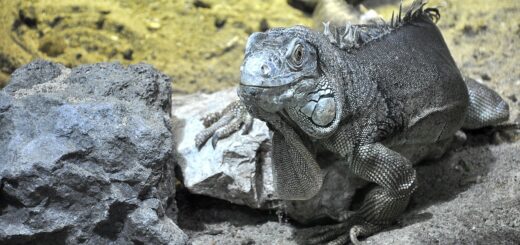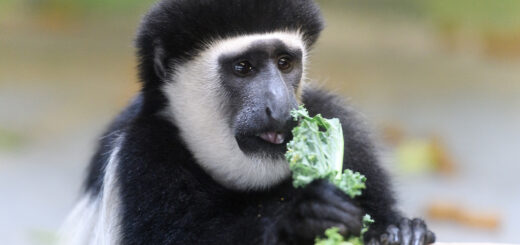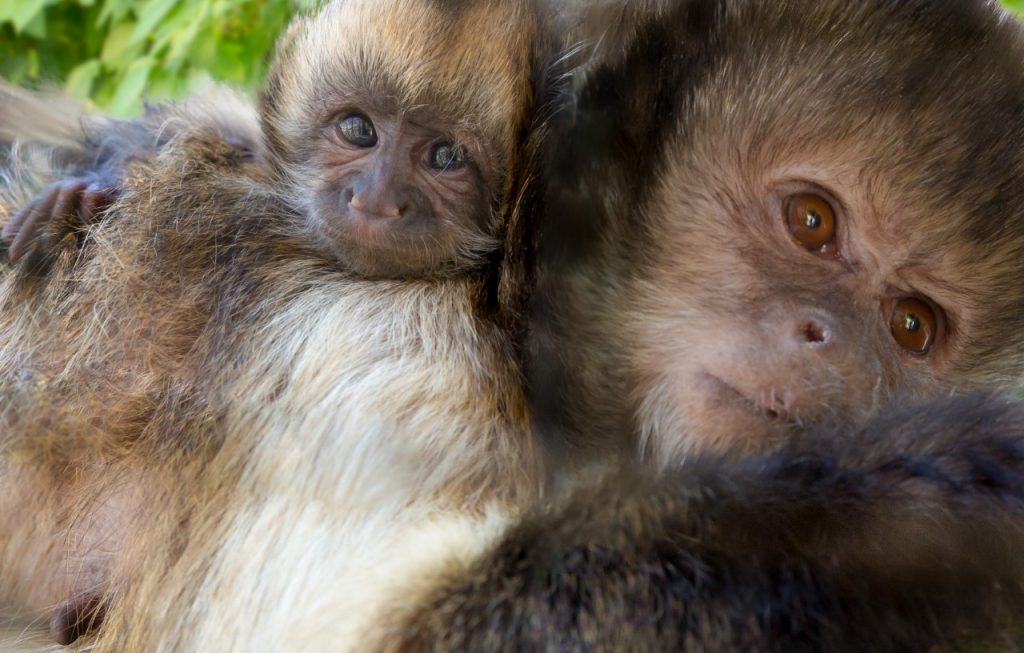Nutrient Composition of Locally Obtained Native Fishes (St. Catherines Island, GA, USA) Compared with Fish Commonly Purchased for North American Zoo Feeding Programs
Citation
Corse M, M Glick-Bauer, B Saul, E Dierenfeld. 1999. Nutrient Composition of Locally Obtained Native Fishes (St. Catherines Island, GA, USA) Compared with Fish Commonly Purchased for North American Zoo Feeding Programs. In Proceedings of the Third Conference on Zoo and Wildlife Nutrition, AZA Nutrition Advisory Group, Columbus, OH.
Abstract
Nine species of local fishes, obtained as part of a larger population study, were chemically analyzed to determine nutrient composition prior to use in feeding programs at the Wildlife Survival Center, St. Catherines Island, Georgia, USA. The nutrient composition of locally obtainable fishes was compared to that of fishes commonly used in North American zoo feeding programs. The 9 local fish species analyzed in this study included bumper {Chloroscombrus chrysurus), striped anchovy (Anchoa hepsetus), striped mullet (Mugil cephalus), inland silverside {Menidia beryllina), pompano (Trachinotus carolinus), star drum (Stellifer lanceolatus), and striped killifish (Fundulus majalis). Fish sampling was conducted over a period of 19 months (September 1997 – March 1999). Assays performed included proximate composition (water, crude protein, crude fat, and ash), fat-soluble vitamins A and E, and minerals (Ca, Mg, Na, P, K, Cu, Fe, Mn, Zn, Co, Cr, and Mo). Results from local fishes were compared to summaries of the nutrient compositions of 6 fish species used regularly in feeding programs of the Wildlife Conservation Society. These 6 species included whitebait {Allosmerus elongatus), capelin (Mallatus villosus), spearing (Menidia menidia), herring (Clupea harengus), mackerel (Scomberomorus scrombrus), and trout (Salmo gairdneri). Results indicated that local fishes were similar to commonly used commercial fishes in water (68-79% and 72-80%, respectively) and protein (56-73% and 53-69%, respectively), but higher in ash (19-37% and 9-12%, respectively). Fat content in the local fishes was considerably lower than that commonly found in commercially available fishes used in zoo and aquarium feeding programs (7-16% and 19-35%, respectively). Vitamin E of the local fishes ranged from 46 IU/kg to 738 IU/kg (dry matter basis), whereas vitamin A of the local fishes ranged from 5170 IU/kg to 103,130 IU/kg. These values indicate that local fishes, although lower in vitamin A than commercial fish species, probably provide adequate vitamin A to piscivorous species without the need for external supplementation. However, additional vitamin E supplementation may be required for some fish species, both local and commercial. Data on the chemical composition of locally-available foodstuffs is not only essential for improving the nutritional evaluation of zoo diets, but also may have economic impacts on feeding programs due to food availability and improved animal health. Key words: piscivores, whole prey
 Fish Composition – SCI – Corse et al. 1999NAG.pdf 6 MB
Fish Composition – SCI – Corse et al. 1999NAG.pdf 6 MB








